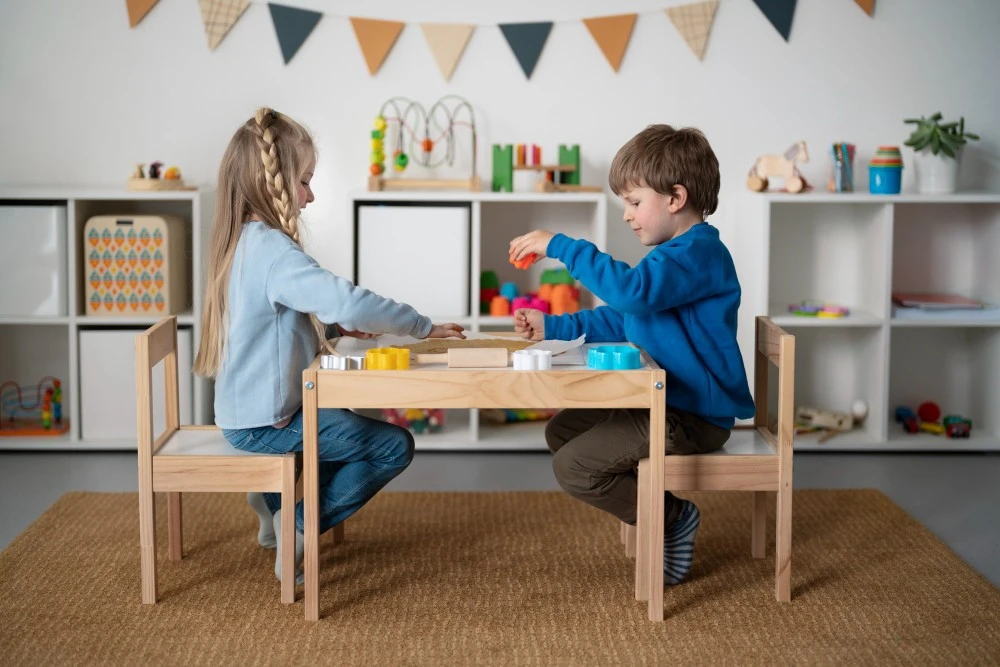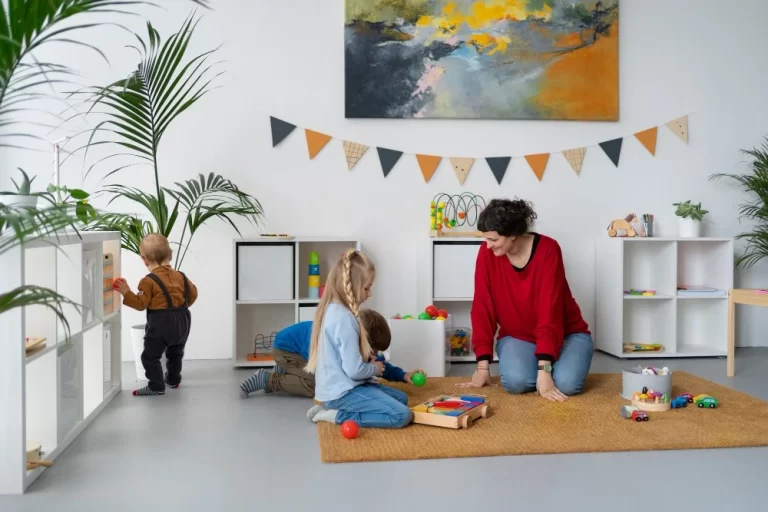Creating a safe place for children is crucial. It goes beyond just keeping them away from physical danger; it’s also about making them feel secure and confident wherever they are. This includes everything from the layout of their play areas to the way we interact with them. By focusing on key areas like basic safety, emotional support, educational resources, using technology wisely, and getting everyone involved—from families to whole communities—we create a comprehensive safety net that protects and nurtures our children.

Understanding Child Safety Basics
The cornerstone of child safety involves both understanding and implementing basic principles that cater to a child’s physical and emotional well-being. This includes creating environments that are free from physical hazards, such as sharp objects and toxic substances, and ensuring that adult supervision is appropriate and constant. In addition, it’s vital to consider emotional and social safety, which involves protecting children from bullying, harsh criticism, and neglect, thereby fostering an atmosphere where they feel secure and valued.
Designing Child-Friendly Spaces
Designing spaces for children means thinking from their perspective to create environments that are not only safe but also conducive to exploration and learning. This involves using child-safe furniture with rounded edges, securing heavy objects that could tip over, and ensuring that all materials used are non-toxic and not small enough to be a choking hazard. Moreover, these spaces should stimulate a child’s senses and imagination through colorful, interactive elements and designated areas for different types of play and learning, all while keeping clear pathways to prevent accidents.
Emotional Security: Building Trust and Comfort
Emotional security is as crucial as physical safety. Children need to feel emotionally stable and supported to develop confidence and healthy relationships. This can be achieved by consistently responding to their needs, listening to their concerns, and providing a reliable presence. Establishing routines and setting clear, reasonable boundaries also helps children feel secure and teaches them to trust the environment around them, knowing what to expect from it.
Educational Tools and Resources for Safety
Education plays a pivotal role in child safety by equipping children with the knowledge and skills they need to recognize and react to potential dangers. This includes teaching them about personal boundaries, the importance of saying “no,” and how to seek help when needed. Parents and caregivers can use books, games, and interactive videos that are designed to teach these concepts in an engaging and age-appropriate manner. Schools and community centers can also provide workshops and seminars to reinforce these lessons, ensuring children understand safety in various contexts.
Regular Safety Checks and Balancing Freedom with Supervision
Regular safety checks of environments where children spend time are essential to maintaining a safe space. This includes home safety audits, classroom inspections, and playground assessments to ensure all areas meet safety standards and are free from hazards. Alongside these checks, it’s important to balance the need for supervision with allowing children the freedom to explore and learn independently. Striking this balance involves assessing the child’s age, maturity, and the safety of the environment, gradually increasing their autonomy as they demonstrate responsibility and awareness of safety rules.
Technology and Child Safety
In today’s digital age, technology can significantly enhance child safety through tools that monitor environments and provide educational content. Apps and devices can offer parents and caregivers real-time updates about their children’s locations and activities, while educational software can teach children about safety through interactive storytelling and games. However, it’s crucial to implement these technologies in a way that respects the child’s privacy and freedom, ensuring they complement rather than replace human supervision and interaction.

Community and Family Involvement in Creating Safe Zones
Safety is a community and family effort, requiring the involvement and cooperation of everyone in a child’s life to create truly safe zones. Families can collaborate with local schools, community centers, and neighbors to establish protocols and support networks that ensure children are always within a safe environment. Community-driven initiatives like neighborhood watch programs and child safety workshops can foster a collective responsibility towards child safety, making it a shared priority that extends beyond the home to every environment a child may encounter.
Last Word
Creating a bully-free environment for children is a multi-faceted endeavor that requires cooperation across various domains—home, school, community, and the digital world. By understanding the scope of bullying and implementing the strategies discussed in these articles, stakeholders can make significant strides towards safeguarding children from the adverse effects of bullying. It is essential to continuously evolve these strategies to keep pace with changes in society and technology to ensure that all children can grow in environments that are not only safe but also supportive and empowering.
Frequently Asked Questions
Schools should start by assessing the current bullying situation through surveys and discussions to understand specific needs. Following this, forming a committee that includes staff, parents, and students to develop a tailored anti-bullying policy and comprehensive program is crucial.
Parents should look for signs such as changes in behavior, reluctance to go to school, unexplained injuries, or missing belongings for victims, and aggressive behaviors, getting into physical or verbal fights, or being sent to the principal’s office frequently for bullies. Regular, open conversations about school and friends can also provide insights into any underlying issues.
Yes, parents can take legal action if the bullying is severe, persistent, and not adequately addressed by the school. They should document all incidents and communications with the school. If the situation does not improve, consulting a lawyer to explore options for civil action or contacting local education authorities can be considered. Additionally, some jurisdictions have laws specifically addressing bullying, which may provide further legal avenues to pursue.






